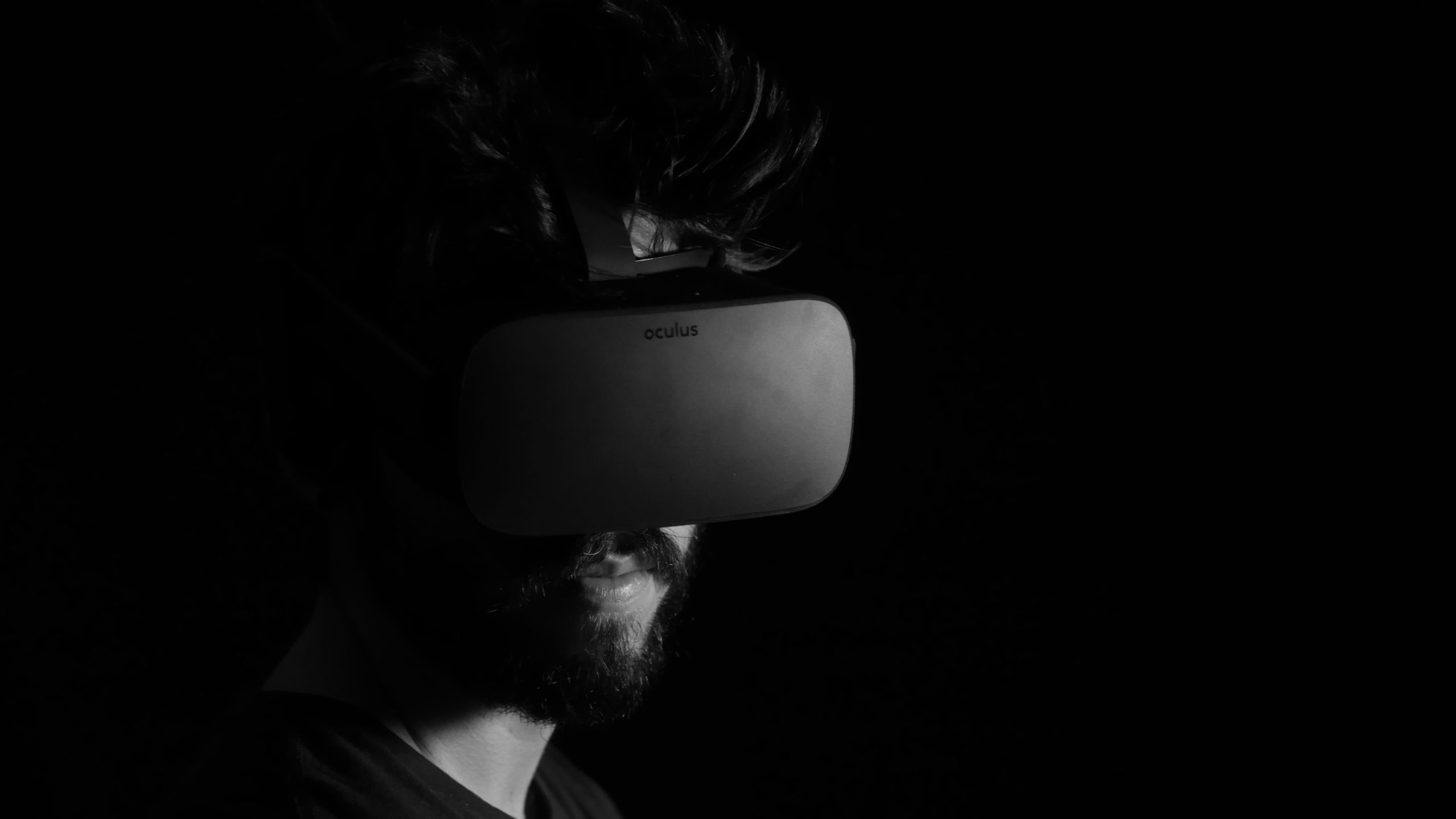Visual search is nothing new. In 2010, the Google Goggles app was launched, allowing users to capture an image and use it to search the database for similar results. Pinterest engages its more than 100 million monthly active users with a vast online library of images, though only recently has the platform become more buyer friendly using integrated visual search functionality. With technology developing at a rapid pace, visual search is now beginning to change the way we find products online.
Augmented Reality
Augmented reality has hit our screens with quite a force recently; superimposing computer-generated imagery onto the real world.
The most widely used of augmented reality apps has been Pokémon Go, which took the world by storm with its method of overlaying Pokémon onto physical locations, encouraging people to search outside the realms of technology. Pokémon Go is just one example of technology like this – in fact, the real world landmarks that feature in Pokémon Go were taken from another augmented reality app from Niantic Labs’ Ingress.
The future potential of augmented reality games is extensive – leveraging the people engaging with the app to create reviews then and add information about specific places to the internet to add another dimension to online search based on locations.
E-Commerce
Visual search has the potential to completely revolutionise the way e-commerce is done, especially when integrated into social media.
Pinterest, as mentioned, has already started opening the door to e-commerce, allowing its users to purchase items direct from the marketplace in which they have discovered them. This makes the end-user purchasing process a lot easier. At this stage, it is not widely available on many platforms, though there are a few companies operating in the cross-section of visual search and e-commerce, including Slyce and Catchoom.
Google once again is a big player in making the visual search a part of everyday life. Their technology allows users to perform reverse image searches, locating images that are ‘visually similar’ to an image uploaded.
In 2010, Google Goggles allowed Apple and Android users to identify labels and landmarks in the physical world, which shows that it is one step away from making visual search more e-commerce friendly. In July, Google acquired Moodstocks which specialises in machine learning-based image recognition technology, which may be the first step to this development.
Google Assistant combines voice search and location data to be able to answer questions such as ‘who designed this?’ when you are in front of an iconic landmark. Very soon it is expected that location data will no longer be necessary and these questions can be answered with video input instead.
What Does Visual Search Mean For SEO?
Visual search is an invaluable area of technological development for many consumers and businesses alike. However, it does also mean that the SEO landscape would be changing once again – businesses will need to be smarter about their back-links and more technologically savvy and e-commerce friendly to make the most of the opportunities that visual search could present.

